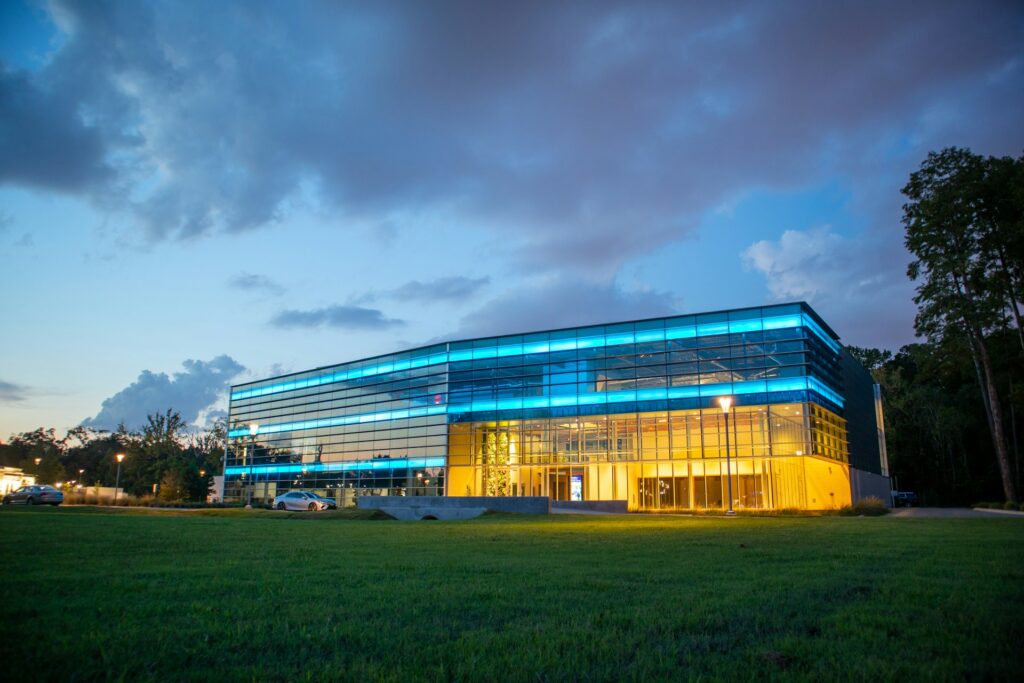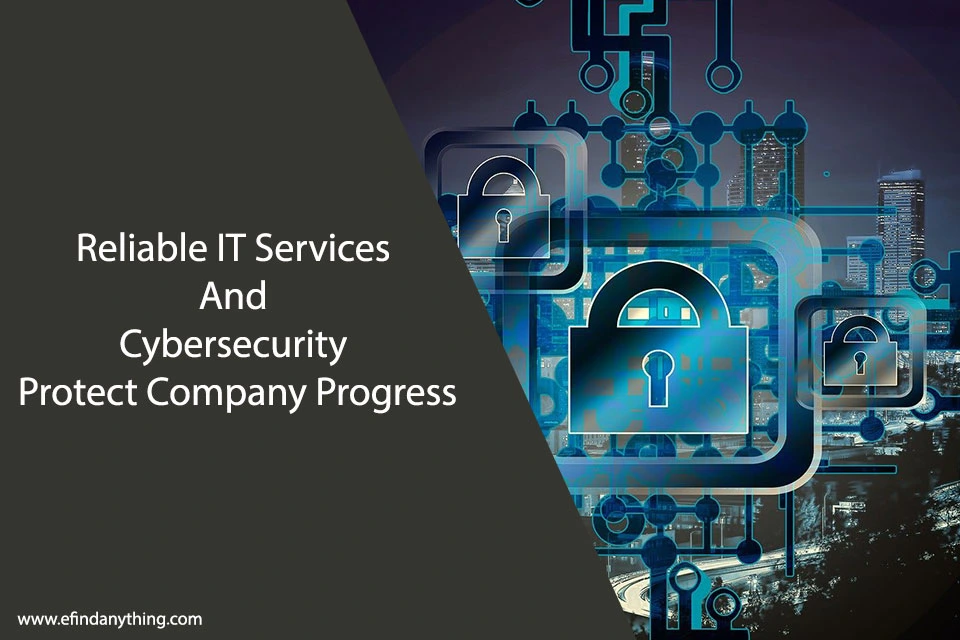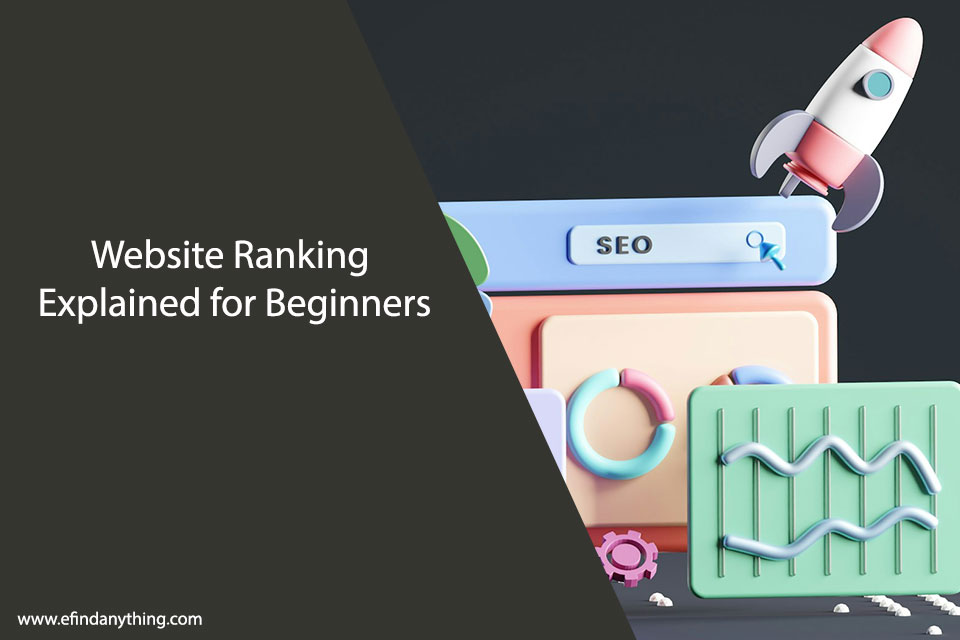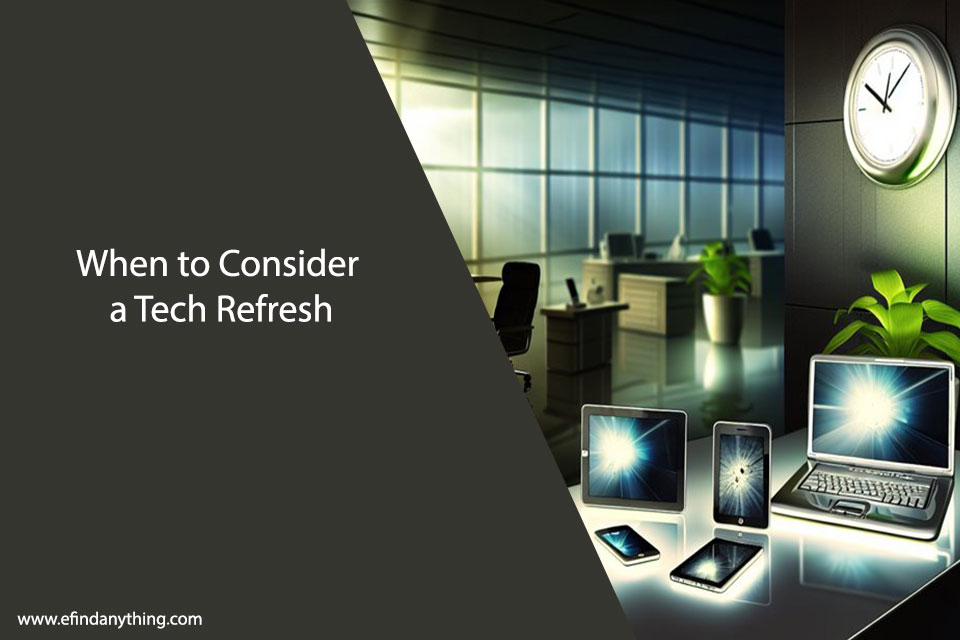
As urban environments evolve and technology becomes more deeply integrated into our lives, smart buildings are no longer futuristic concepts—they are the new standard in construction. For developers, understanding what makes a building “smart” is no longer optional. It’s essential for staying competitive, improving efficiency, and meeting the expectations of modern tenants and investors. Here’s a breakdown of what every developer should know about smart building projects.
What is a Smart Building?
A smart building uses integrated systems and technologies to monitor, manage, and optimize building operations such as heating, ventilation, air conditioning (HVAC), lighting, security, and more. These systems are often controlled through centralized platforms using the Internet of Things (IoT), artificial intelligence (AI), and advanced analytics. The goal is to enhance occupant comfort, reduce energy consumption, and streamline building management.
Key Components of Smart Buildings
To develop a truly smart building, developers must incorporate a variety of technologies and systems, including:
1. Building Automation Systems (BAS)
A core feature of smart buildings, BAS allows for automated control of lighting, HVAC, and other systems. These platforms gather real-time data and make adjustments based on usage patterns, weather, and occupancy.
2. IoT Sensors and Devices
Smart buildings are embedded with IoT devices that collect data on everything from air quality to occupancy rates. This data helps in optimizing space usage, improving safety, and enhancing overall efficiency.
3. Energy Management Systems
Energy consumption can be tracked and reduced using smart meters and energy-efficient appliances. Integration with renewable energy sources, like solar panels, adds further value.
4. Connectivity and Network Infrastructure
A strong network backbone is critical. Smart buildings rely on high-speed internet, secure Wi-Fi, and cloud-based platforms to manage data and support automation.
5. Security and Access Control
Advanced systems include biometric access, surveillance cameras with facial recognition, and automated alerts. These systems offer real-time threat detection and enhanced safety for occupants.
Benefits of Smart Building Development
1. Energy Efficiency
Smart buildings can significantly reduce energy costs through optimized HVAC and lighting systems. Automation ensures that energy is used only when necessary, lowering the building’s carbon footprint.
2. Operational Cost Savings
With real-time data and predictive maintenance capabilities, developers can reduce unplanned repairs and extend the lifespan of building systems.
3. Improved Tenant Experience
Occupants enjoy personalized environments, better air quality, and seamless connectivity. These perks increase satisfaction and tenant retention.
4. Higher Property Value
Smart buildings typically command higher market values and rental rates due to their modern amenities and sustainability.
Challenges Developers Should Consider
While smart buildings offer numerous advantages, they also come with unique challenges:
- Upfront Investment: Incorporating smart technology increases initial costs. However, long-term savings and increased value often justify the investment.
- System Integration: Compatibility between devices and platforms can be complex. Choosing scalable and interoperable systems is crucial.
- Data Privacy and Security: With vast amounts of data collected, protecting occupants’ privacy and securing systems from cyber threats is a top priority.
- Technology Obsolescence: Rapid technological advancement means systems can become outdated. Future-proofing the infrastructure is essential.
Best Practices for Smart Building Development
To succeed in the smart building space, developers should:
Plan for Flexibility
Design infrastructure that allows for easy upgrades and expansions. Modular systems help buildings evolve with future tech.
Prioritize Interoperability
Choose platforms and devices that can communicate with each other, regardless of brand or protocol.
Engage Experts Early
Work with IT consultants, engineers, and system integrators from the design phase to avoid costly changes later.
Focus on User Experience
Smart features should enhance comfort and usability. Prioritize intuitive controls and visible value for occupants.
Incorporate Sustainability
Combine smart features with green building practices, such as efficient insulation, renewable energy, and water-saving systems.
The Future of Smart Buildings
Looking ahead, smart buildings will continue to evolve with AI-driven decision-making, machine learning, and even smarter integrations. Digital twins—virtual replicas of buildings that simulate performance—are already changing how developers plan and manage construction. Additionally, ESG (Environmental, Social, and Governance) metrics are becoming increasingly important, and smart buildings can provide the data needed to meet these standards.
Final Thoughts
For developers, understanding and implementing smart building practices is a strategic move. It’s not just about keeping up with trends—it’s about delivering value, meeting market demands, and building for a more efficient, connected, and sustainable future. As technology advances, the smartest buildings will be those built with foresight, adaptability, and a clear focus on both innovation and usability.
Smart building development isn’t just a project—it’s an investment in tomorrow.











